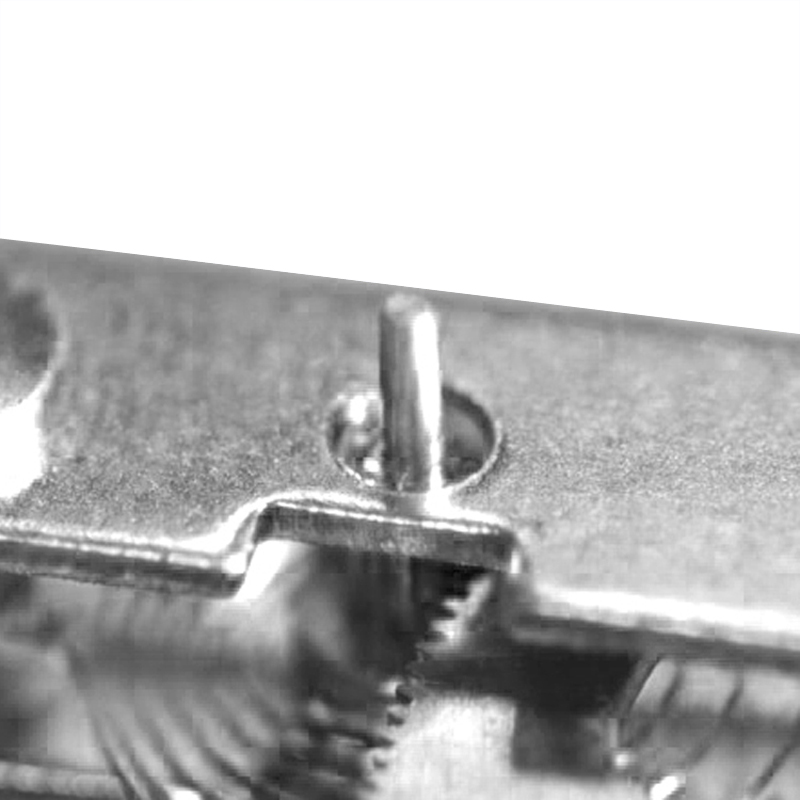
jul . 31, 2024 20:46 Back to list
Creating Your Own Differential Pressure Gauge for DIY Projects and Applications
DIY Differential Pressure Gauge Understanding and Building Your Own
In various fields such as HVAC systems, water treatment, and industrial processes, pressure measurement is crucial for ensuring systems operate efficiently and safely. Among the types of pressure gauges, differential pressure gauges stand out. They measure the difference between two pressure points, making them invaluable in many applications. This article will guide you through the basics of differential pressure gauges and how you can construct a DIY version.
What is a Differential Pressure Gauge?
A differential pressure gauge is a device designed to measure the difference in pressure between two points. This measurement is vital in applications ranging from monitoring airflow in HVAC systems to ensuring the proper operation of filtration systems. By knowing how much pressure is being exerted on each side of a filter or a valve, operators can determine when maintenance is required.
These gauges typically have two inputs one for the higher pressure and one for the lower pressure. The gauge displays the difference, allowing users to understand if a system is functioning optimally or if there are blockages or leaks that need addressing.
Why Build Your Own Differential Pressure Gauge?
Building a DIY differential pressure gauge can be a rewarding project. It allows you to - Understand the principles of pressure measurement better. - Customize your gauge for specific applications or conditions. - Save money compared to purchasing a commercially available unit.
Materials Needed
To build your differential pressure gauge, you will need the following materials - Two pressure sensors or transducers (these can be analog or digital). - A microcontroller (like an Arduino or Raspberry Pi) for processing the sensor readings. - A display unit (LCD or LED) to show pressure readings. - Connecting tubes for linking the gauge to the points where pressure will be measured. - Electrical wires and a breadboard or PCB for mounting the components. - Power source (battery or USB).
diy differential pressure gauge product

Building the Gauge
1. Set Up the Sensors Begin by attaching the two pressure sensors to the points where you want to measure pressure. Ensure that the sensors are rated for the pressure ranges you expect in your application.
2. Connect to the Microcontroller Wire both sensors to your microcontroller. If you’re using analog sensors, you’ll typically connect them to the analog input pins. For digital sensors, follow the specific communication protocol outlined in their datasheets.
3. Programming the Microcontroller Write a simple program that reads the values from both sensors. Calculate the difference in pressure ```cpp int pressure1 = analogRead(sensor1Pin); int pressure2 = analogRead(sensor2Pin); int differentialPressure = pressure1 - pressure2; ```
4. Display the Results Use the display unit to show the calculated differential pressure. This may involve additional coding to format the readings clearly.
5. Testing After assembling everything, test your gauge. Apply known pressures to both sides and verify that the displayed differential pressure corresponds accurately to the expected values.
Final Thoughts
A DIY differential pressure gauge not only enhances your understanding of pressure measurement concepts but also provides a practical tool for various applications. Building your gauge allows for customization and learning opportunities that commercial products may not offer. Whether you are monitoring HVAC systems, filters, or any other pressure-critical environment, a DIY approach can lead to significant benefits and insights.
Remember to follow safety precautions when working with pressure systems and ensure your materials are suitable for the pressures you’ll encounter. Happy building!
-
High-Precision 5 Valve Manifold Differential Pressure Gauge Suppliers
NewsApr.29,2025
-
High-Precision Diaphragm Vacuum Pressure Gauges Manufacturers & Quotes
NewsApr.29,2025
-
Omega Differential Pressure Gauges High Accuracy & Durability
NewsApr.28,2025
-
Low Pressure Differential Pressure Gauges Precision Solutions & Quotes
NewsApr.28,2025
-
Digital Diaphragm Pressure Gaauge Precision Measurement & OEM Quotes
NewsApr.28,2025
-
Differential Pressure Gauge China Price High-Accuracy & Best Quotes
NewsApr.28,2025
